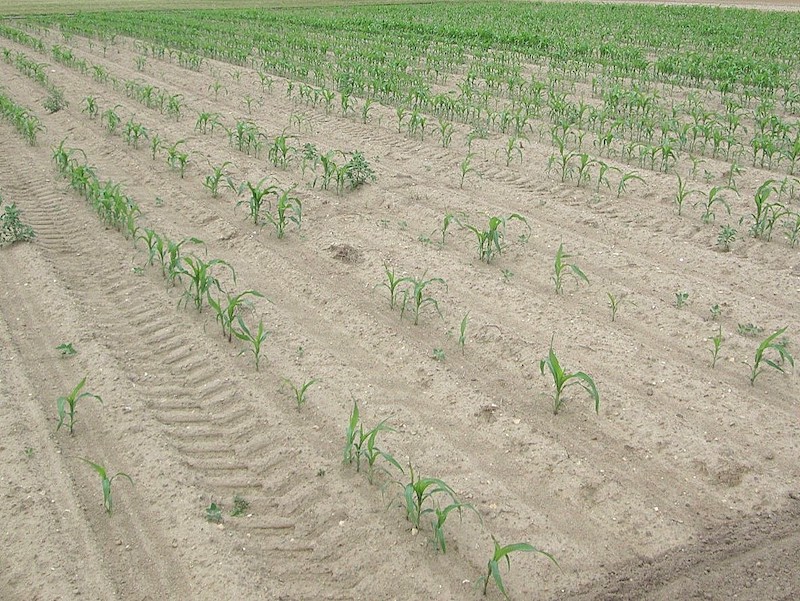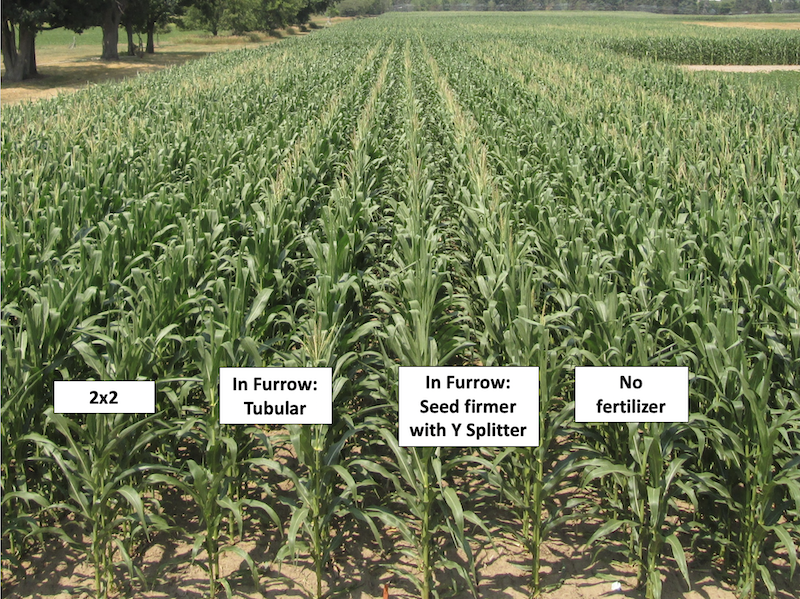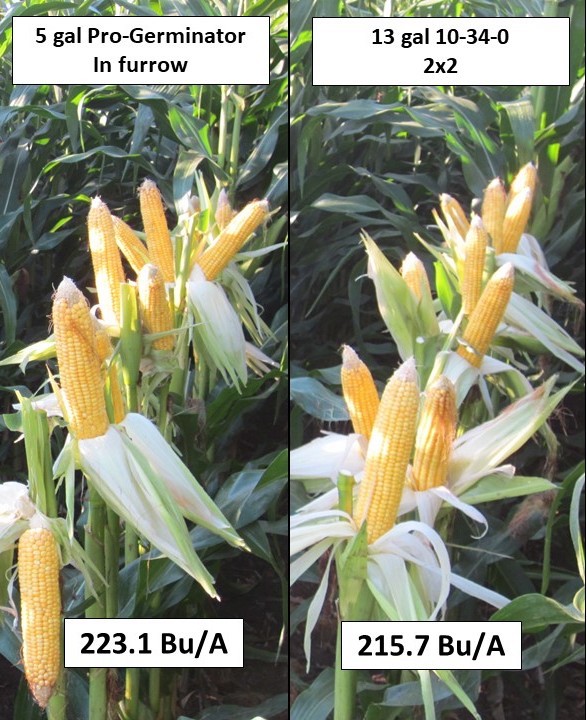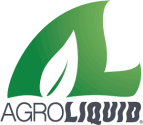Clearly, phosphorus (P) is important for growing crops, and is involved in many functions within a plant like energy storage and transfer (ATP/ADP), protein synthesis, photosynthesis, nucleic acid (DNA/RNA) synthesis, nutrient movement through cell walls and many more processes. Therefore, it pays to make sure P does not become deficient in plants.
However, applying P as a crop nutrient can be tricky. Like all nutrients, it must be managed. In other words, just because P was applied to the soil does not mean that it is doing what you want it to do: feed the plant!
AgroLiquid founder, Douglas Cook, was known to say that all applied fertilizer is available, but not all applied fertilizer is usable. Sounds funny, but it’s true. What’s the difference? All fertilizer is available to plants — it’s right there for the taking.
But it may not be usable. In order for a nutrient to be usable, it must be close to the roots and it must be in a form that the plant can absorb. Nutrients like nitrogen (N) can be lost to leaching or volatility before absorption. Potassium (K) can be strongly held by clay in the soil and not able to be taken up by roots since it is not in the soil solution.
Phosphorus too can become unusable. Phosphate is negatively charged and can react with, or be fixed, by positively charged elements in the soil (cations). Plants cannot take up these compounds of calcium phosphate, aluminum phosphate or iron phosphate. Estimates are that the crop will utilize only around 20% of applied phosphate fertilizer during the season after application, and in following years, the amount becomes progressively less as it reverts to mineral forms. Again, the nutrients are there and available, but they are not always usable.
This may not be a concern to growers because you cannot actually see the fate of phosphate molecules in the soil. If only a small percentage of your planted seed came up, you would probably be mad because you can see that loss. Similarly, only a small percentage of the applied phosphate is usable. However, you cannot see this, so it is not a concern. But it should be.

Phosphate fertilizer loss is comparable to only a small percentage of planted seed that comes up. We can see the seed loss, but we cannot see phosphate loss.
Phosphate fertilizer works best if it is placed close to the seed at planting. In the picture below, it is apparent that phosphate fertilizer placement is affecting growth. Five rows of the plot had 5 gal/A of Pro-Germinator applied through the planter, and the sixth row had no planter fertilizer.

In furrow placement of Pro-Germinator phosphorus fertilizer enabled earlier uptake and advanced maturity vs 2x2 placement and No Fertilizer (as you would hope).
The rows with the In-furrow placement are tasseling, whereas the 2-inch-by-2-inch placement has yet to tassel. Close inspection shows that the corn with the 2-by-2 placement is taller than the row with no fertilizer, but it is behind the rows with the in-furrow placement.
This shows that P placement for earliest root access affects plant growth and yield. Additional testing at the North Central Research Station has shown that in furrow placement can out-yield 2-by-2 placement by almost 5 bushels per acre.

Pro-Germinator has carbon encapsulation, which enables greater crop safety, fixation protection and extended phosphate release. Together this can result in a higher yield at lower applied rates.
Pro-Germinator has carbon encapsulation for protection against fixation losses that affect other forms of phosphate fertilizer. This is the Flavonol Polymer Technology that AgroLiquid developed to prevent fixation losses and enable extended nutrient release into the growing season.
This also increases crop safety and can be effective at lower rates than those of conventional fertilizer like 10-34-0. In this experiment from the North Central Research Station, the lower rate of Pro-Germinator enabled a higher corn yield than that with the higher rate of 10-34-0. Closer inspection shows larger ear size and the darker yellow corn indicates advanced maturity.
In order for Ps fertilizer to be most effective, it needs to be usable. Usability is increased by placement close to the seed row and protection from fixation losses. Pro-Germinator is the only fertilizer that does both.
Strip-Till Farmer's Focusing on Smarter, Sustainable Fertilizing Strategies series is brought to you by AgroLiquid.
For over 35 years, AgroLiquid has been on a mission to engineer the best plant nutrition products while safeguarding your crops, the soil and the environment. Click here to learn more about AgroLiquid's suite of fertilizer products and agronomic services.







